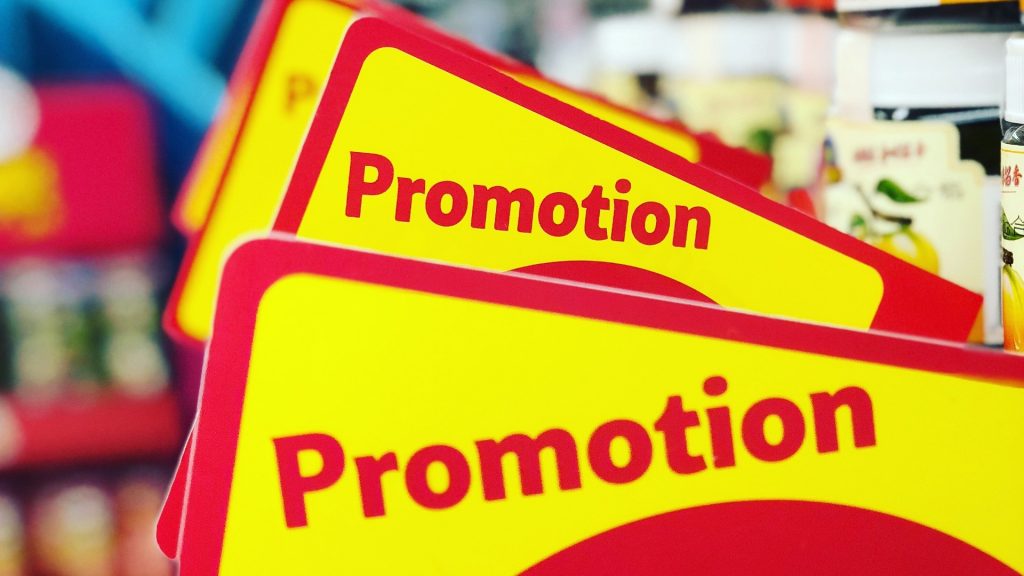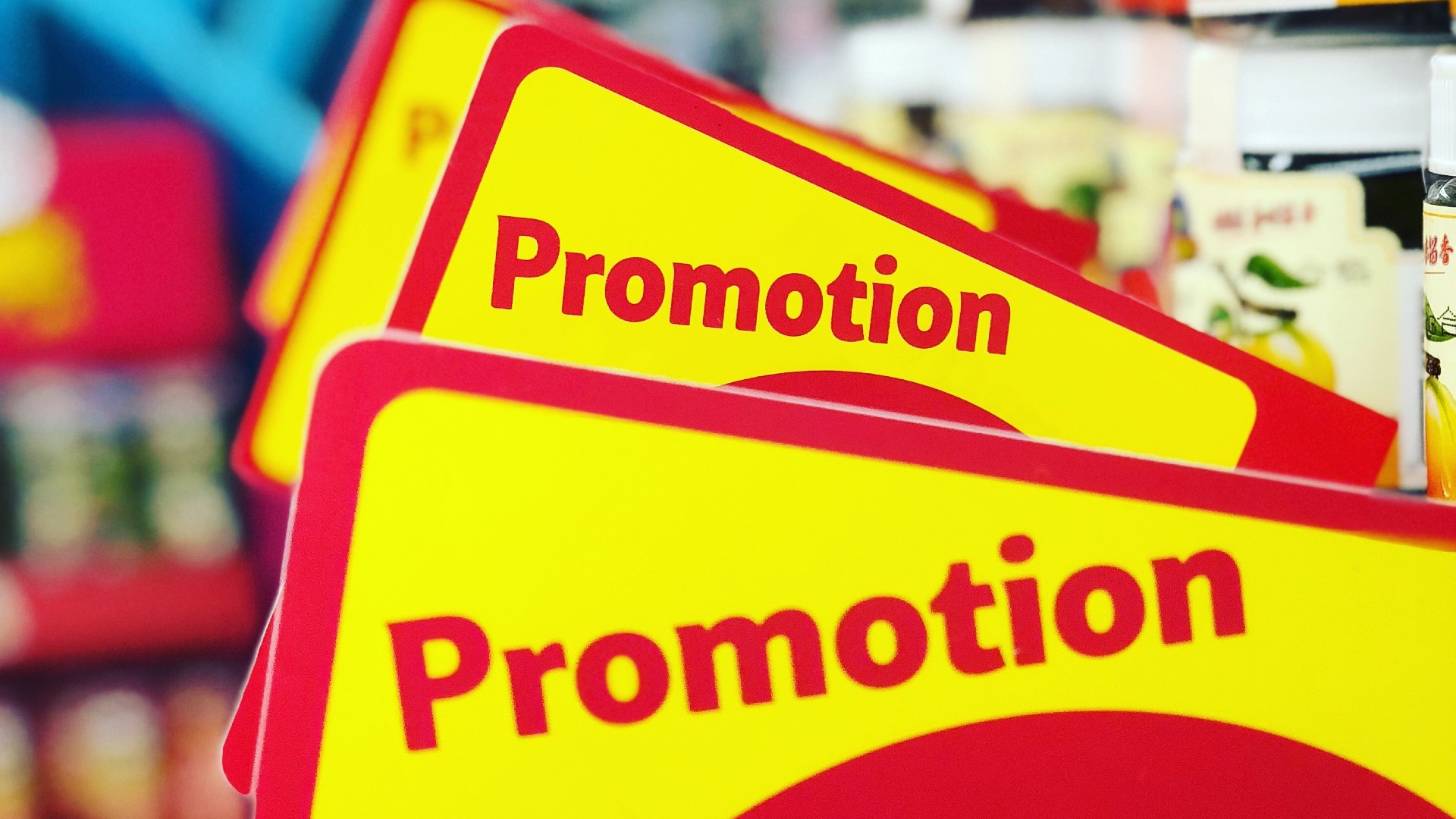 Josh Pollack
Josh Pollack
VP, Implementation and Business Development
Retailers have long focused on promotional forecasting and management due to competitive pressures and their inability to efficiently manage inventory. That was true even prior to the highly fluctuating demand driven by the COVID-19 pandemic, the war in Ukraine, high inflation, and more. Further complicating matters are an over-stored industry, easier access to competitive pricing and promotional information, and consumer demand for omnichannel capabilities across the retail industry.
 The confluence of promotions in play—engendered by merchandising and the multiple layers of digital and customer-direct offers—serves to make all the above even more difficult. Consider:
The confluence of promotions in play—engendered by merchandising and the multiple layers of digital and customer-direct offers—serves to make all the above even more difficult. Consider:
- Merchants carefully plan their promotions during the preseason, then purchase inventory to support those events and work with their marketing counterparts to prepare the appropriate communication vehicles.
- At the same time, the e-commerce team, operating on a shorter lead-time, may be reacting to business performance by adding and changing offers on a daily or even hourly basis.
- On top of this, the customer relationship management (CRM) team develops e-mail and social media offers to drive traffic to the store and the site.
The net result of this competitive promotional melee is that retailers can’t predict the outcome, putting them in danger of losing control of their pricing and their margins and seeing their financial performance suffer, not to mention confusing and frustrating their target consumers.
It is time for retailers to reassert control over their promotional destinies!
Below we explore the complexities, challenges, and best practices for planning and executing effective promotions, as well as accurately predicting (and even optimizing) outcomes.
Forecasting Retail Promotions: Objectives and Assumptions
To get started, let’s outline the fundamental reasons why retailers promote their products.
- Increase market — Increase market control by luring transactions away from competitors.
- Entice prospects — Entice prospects to buy with the intent of converting them into repeat customers.
- Drive unit sales —Sacrifice margins to increase unit sales with the expectation that customers will buy higher margin items at the same time or later.
- Boost brand image — Feature items that best represent the brand, demonstrate the relevance of the assortment, or showcase differentiation from competitors.
- Liquidate inventory — Stimulate demand for excess inventory items.
Almost all retailers utilize some form of promotion—print advertising, mailers, emails, social media campaigns, and more. In today’s ultracompetitive retailing market, the goal of standing out and influencing behavior is indeed a challenge, but also a necessity. And an opportunity.
There are some assumptions that must hold true for any promotion to be relevant to the target consumer:
- The timing of the promotion must be aligned with customer needs—Depending on the geography, promoting winter coats is more likely to be relevant in December than in June.
- The offered price must be compelling—The customer’s evaluation of the price impact may be based on knowledge of the competitive marketplace or on a comparison of prior prices from the same outlet (i.e., “was/now” pricing).
- Appropriate inventory must be available— Retailers have a tacit (and legal) responsibility to make sure that promoted products are in stock in all SKU variations. If a customer cannot find a promoted item, that customer is only more frustrated than she or he would have been without the promotion.
Five Tenets of Effective Retail Promotions
While seemingly rudimentary to some, many retailers struggle with the basic underpinnings of effective promotion.
1. Clear Brand Positioning
Marketing and merchandising activities are anchored in clear brand positioning that defines the overall value proposition, distinguishes the company from competitors, appeals to customers’ emotions, builds on the brand’s heritage, and can be operationalized across all customer touch points.
Industry Challenge: Lack of coordination with competitive differentiators that have been cultivated over time.
2. Marketing Innovation
Processes for developing promotions and methods of analyzing and measuring their effectiveness lead to innovations from event to event and year to year.
Industry Challenge: Too many retailers suffer from “last-year-itis,” following the same promotional cadence year after year, including over-investing in older marketing vehicles that lost their broad appeal or do not reach the most desirable customers. When promotions grow stale, companies struggle to replace them.
3. Strategic Planning
Promotional planning begins with an annual or semi-annual strategic planning process in which marketing and merchandising review prior year performance, market trends (including competitive activity), and proposed merchandising programs. This information is then synthesized into a merchandising strategic plan that includes high-level financial targets (including the amount of promotion), promotional themes, space allocations (particularly flexible display space), and major merchandising initiatives.
Industry Challenge: Retailers are notorious for not paying sufficient attention to strategy and planning. As a result, investments in promotions may not drive to the company’s overall goals.
4. Event/Offer Management
Merchandising, e-commerce, CRM, and marketing teams can easily plan, manage, and report on all promotional offers across all channels by:
- Establishing a single repository of all offer and event information including item details, valid event dates (as well as calendar of pre-event activities), participating locations, vendor funding allowances, and specific promotional elements for each event
- Simplifying the creation of multiple versions of ad offerings
Industry Challenge: Most promotion management software falls short of delivering necessary functionality. Many retailers resort to Microsoft Office or comparable tools to track and report on promotions.
Analysis and Reporting
Companies have the ability to measure and report on promotions’ impact on sales, margins, and inventory. Ideally, companies capture more complex metrics such as:
- Cannibalization and affinity effects
- Return on resources expended such as production costs
- Impacts on traffic and conversion
- Market basket relationships
Past performance of promoted products (or model-after items for new products) is used to predict the lift on new promotions and the impact on the overall category. Forecasting models take into account sales history as well as causal factors such as pricing differences, channel differences, duration changes, etc. The resulting forecast is used to plan promotional volume and allocate/replenish inventory.
Industry Challenge: While most retailers have some mechanism for reporting on promotional effectiveness and forecasting future planned promotions, these typically require a great deal of manual intervention to pull numbers from disparate systems and create reports/projections. Very few systems take advantage of the kinds of advanced statistical analysis that produce more complex and meaningful metrics.
Forecasting Retail Promotions: Conclusion
Most retailers have solid business processes and systems to support some of these capabilities but struggle to find a single method or platform that’s strong in all of them. Nevertheless, in today’s promotional environment this list does not represent advanced functionality—these are simply table stakes.
If a retailer struggles with any of these elements, then a corrective investment is warranted.
Take the Next Step
Salvation is at hand!
AI-powered Impact Analytics PriceSmart™ drives informed, intelligent decisions on initial, promotional, markdown, and clearance pricing, enabling you to achieve your business objectives and grow profitability.





